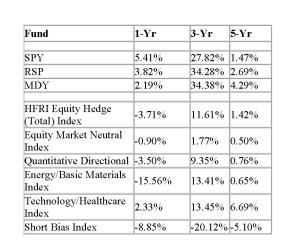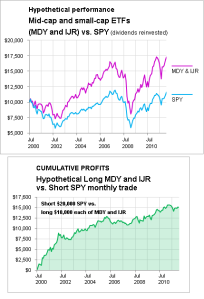Social Media + Financial Services is (so far) an oxymoron. After all, the odds are 10:1 that you’re compliance officer will call you a moron if you solicit approval to become socially-engaged in any digital venue.
All of that said, the tide always turns, until of course, it comes back to you hit in the back of the head like a boomerang. But..for the time being, if there’s any group that can figure out how to leverage assets, its you, or your peers.
![]() Leading InvestmentNews.com to profile one Josh Brown, aka @thereformedbroker (his twitter handle). Your’s truly is almost afraid to learn why Josh labels himself “reformed”, but he apparently has all of his licenses in order, along with a round lot of 20,000 Twitter followers. Let’s not forget to mention that Josh shows up on CNBC every so often, as well as attributions in outlets such as the Wall Street Journal.
Leading InvestmentNews.com to profile one Josh Brown, aka @thereformedbroker (his twitter handle). Your’s truly is almost afraid to learn why Josh labels himself “reformed”, but he apparently has all of his licenses in order, along with a round lot of 20,000 Twitter followers. Let’s not forget to mention that Josh shows up on CNBC every so often, as well as attributions in outlets such as the Wall Street Journal.
What’s striking about Josh is his humility; he’s published a list of his top 20 favorite financial adviser twits, twitterers.
Intrigued? You should be! Continue reading













